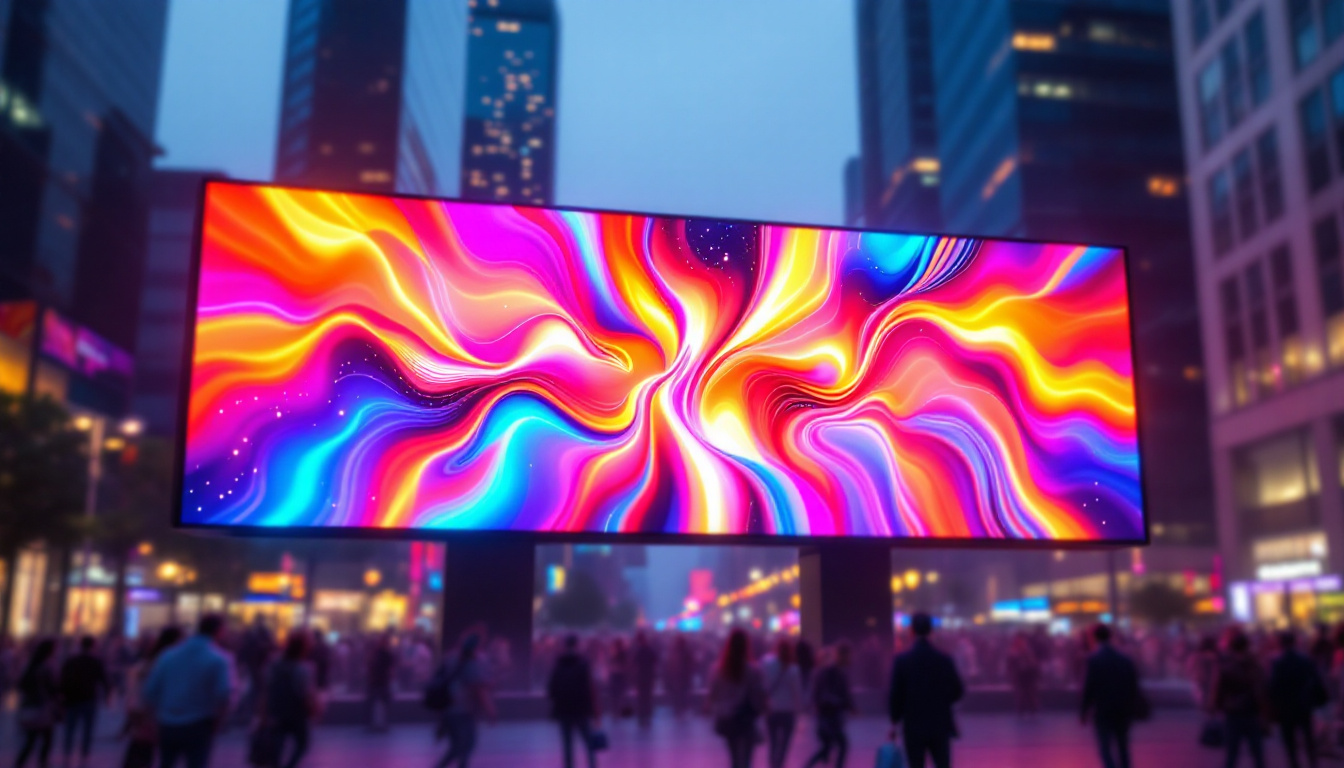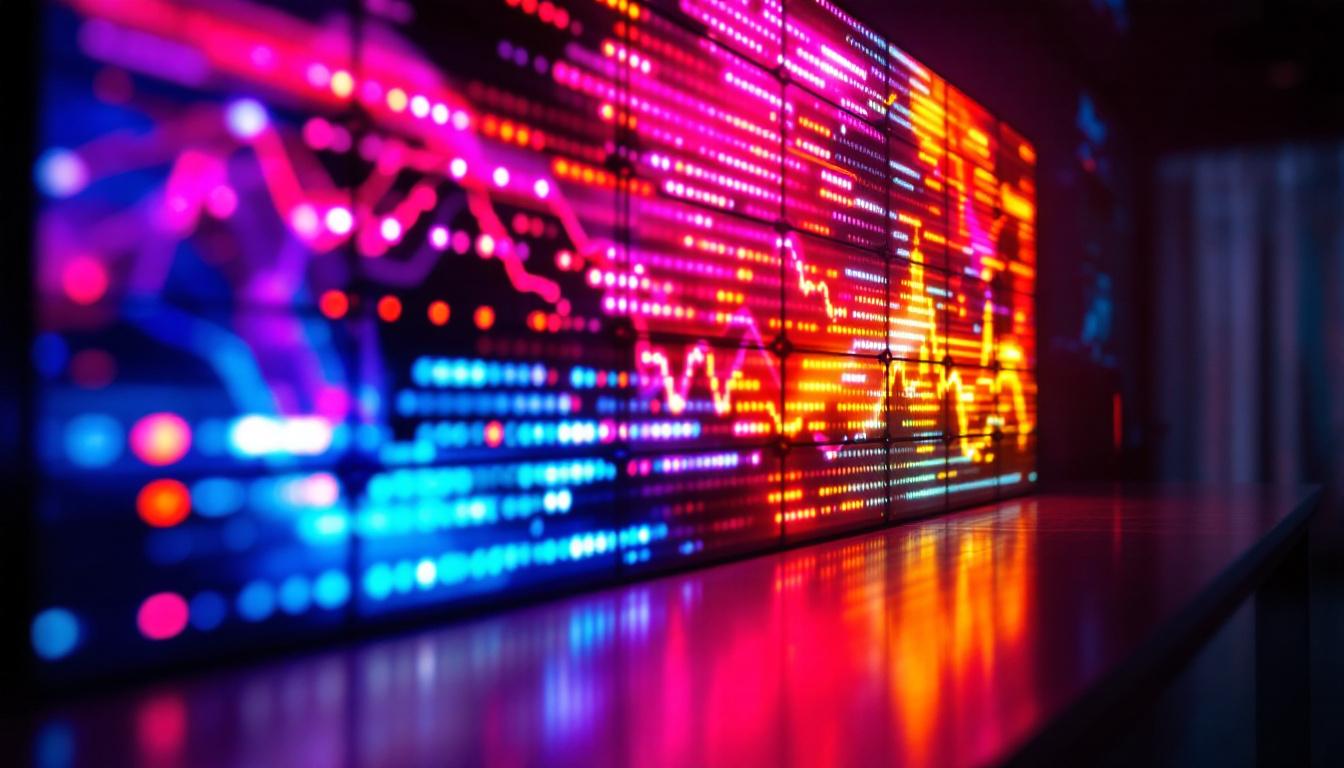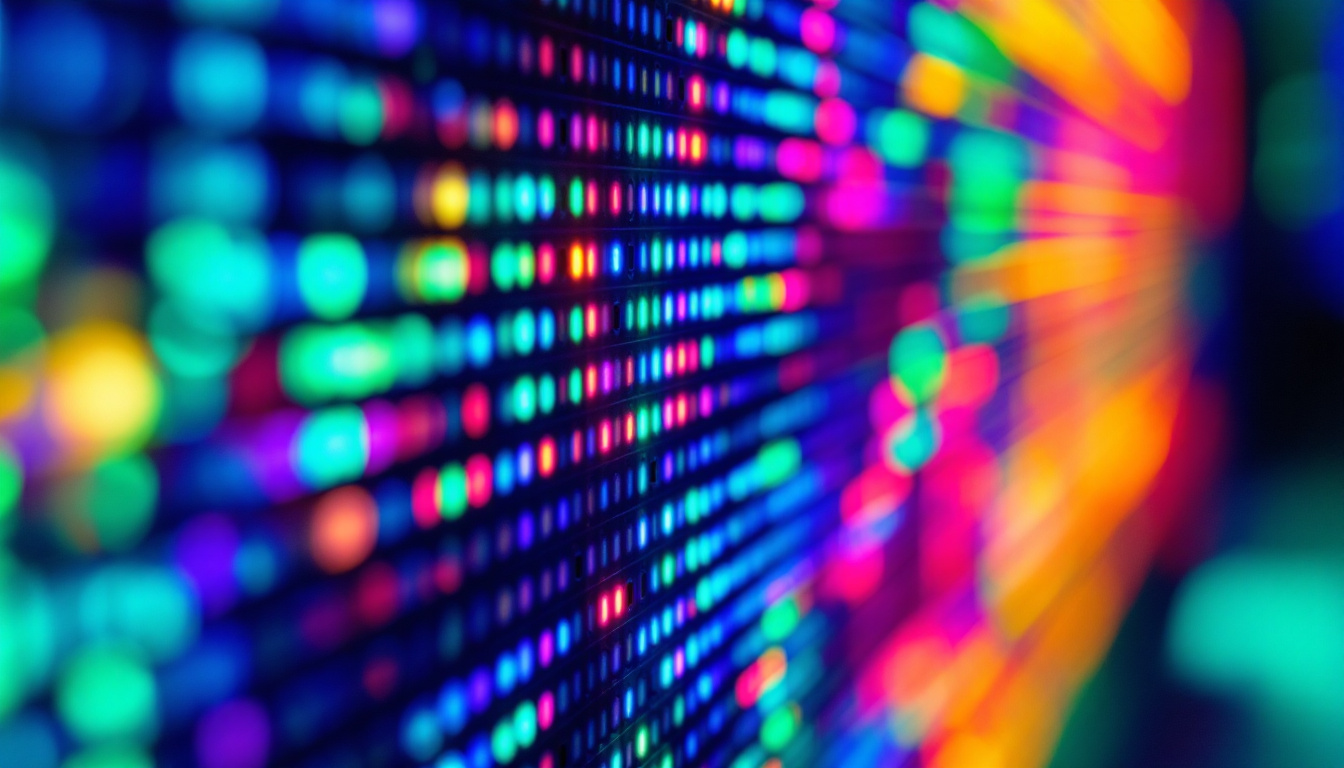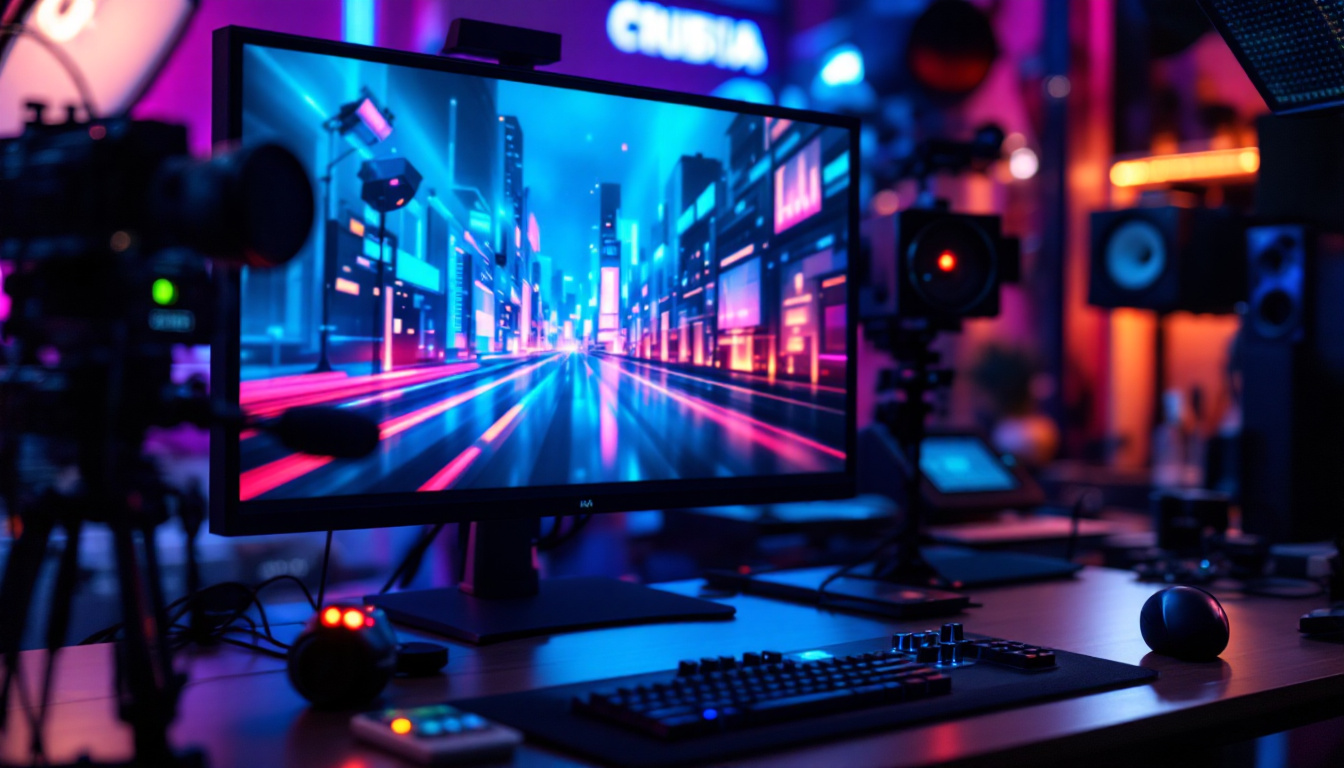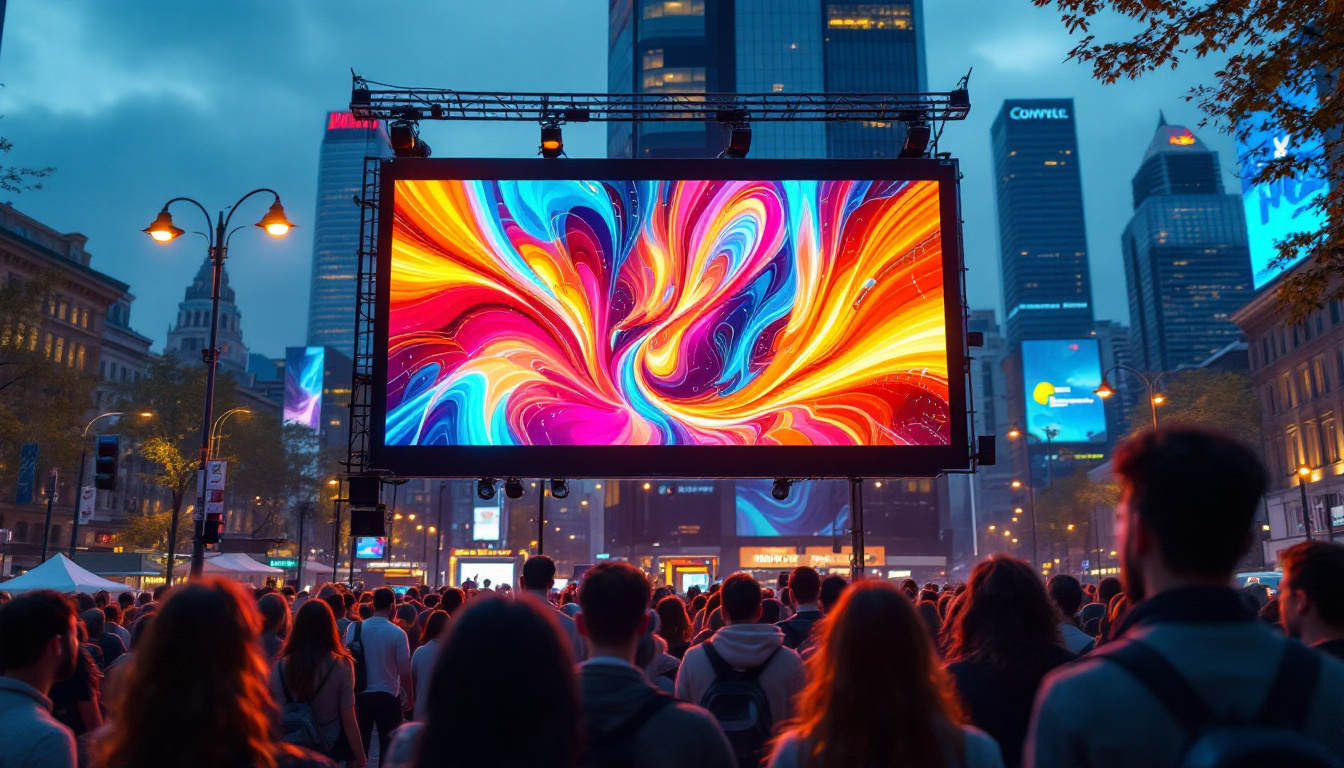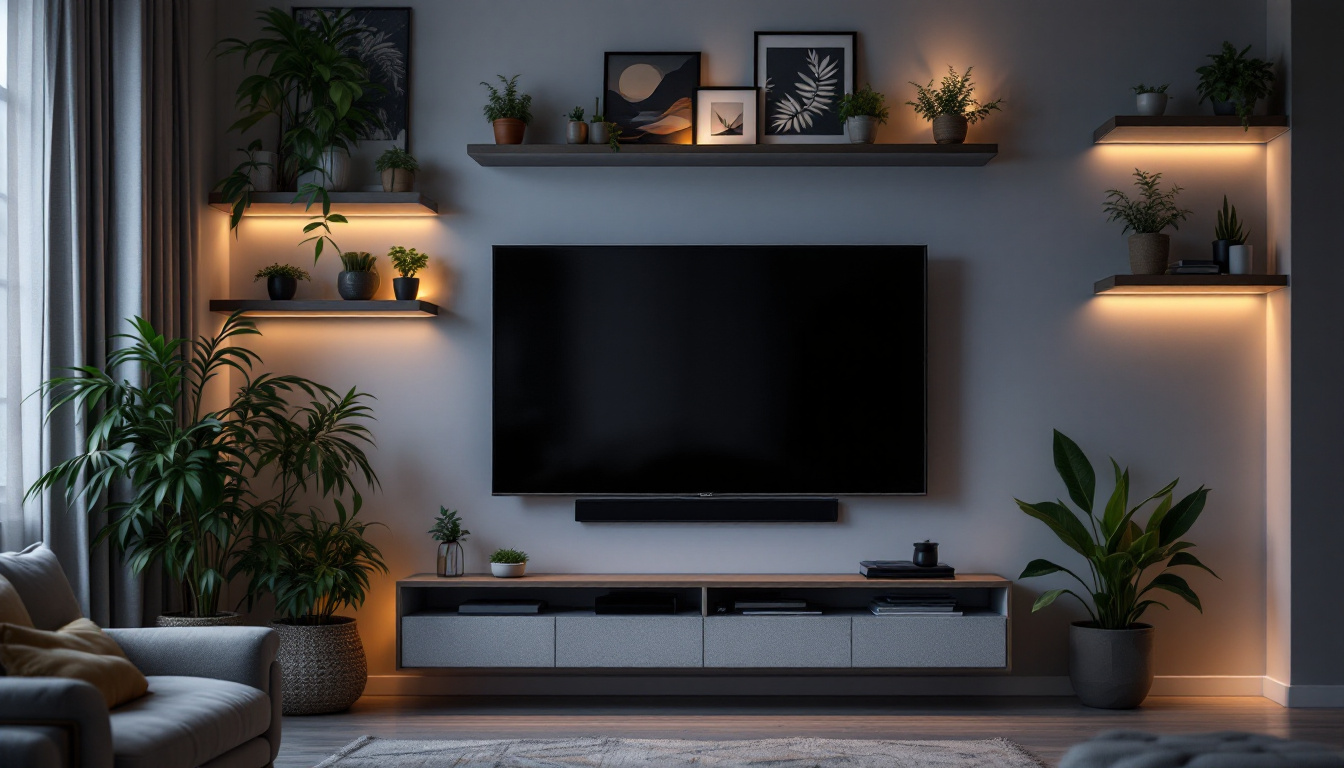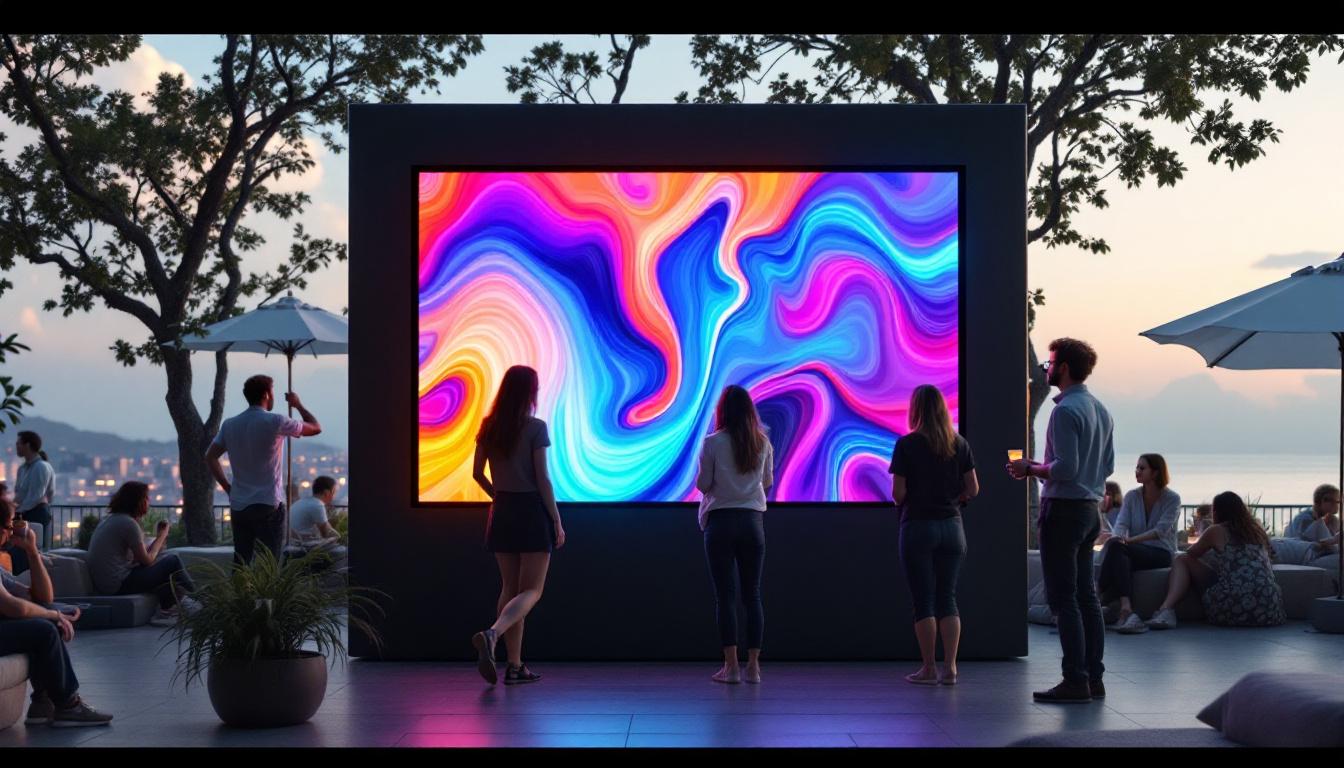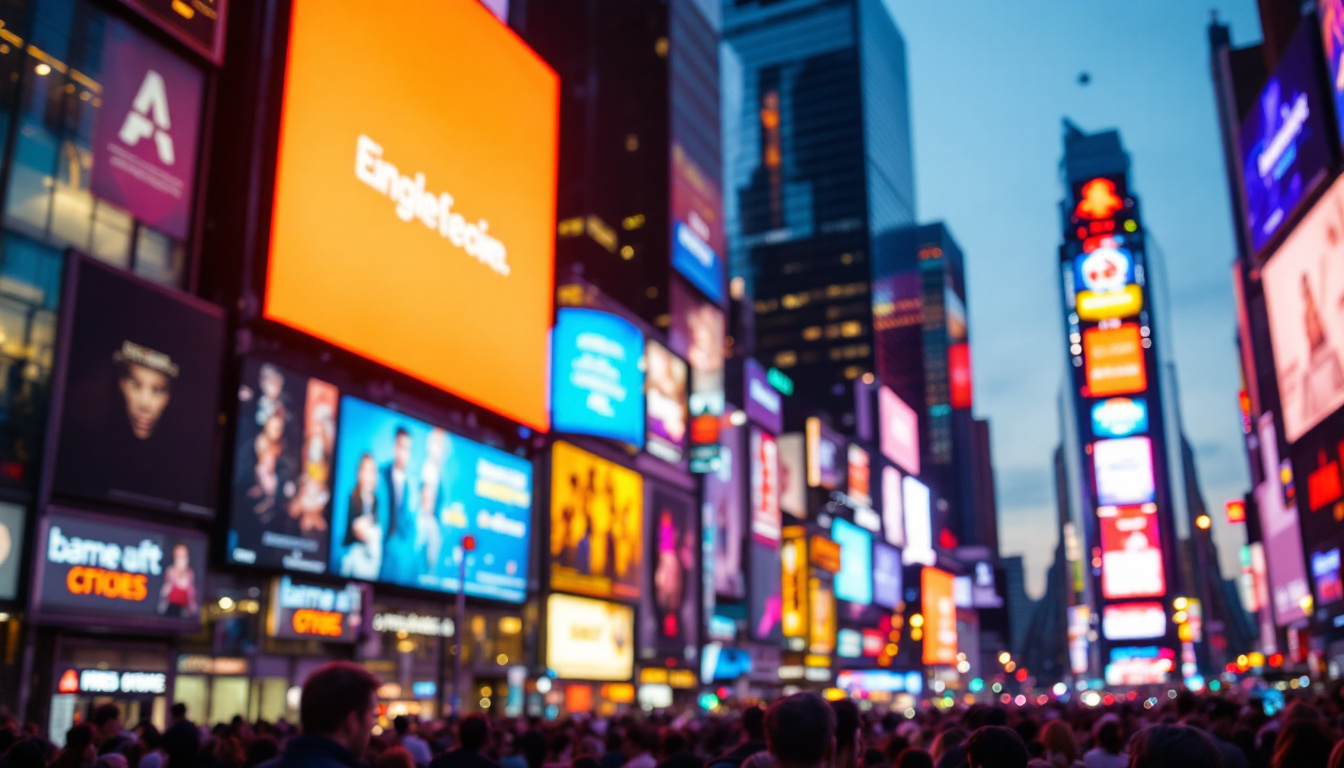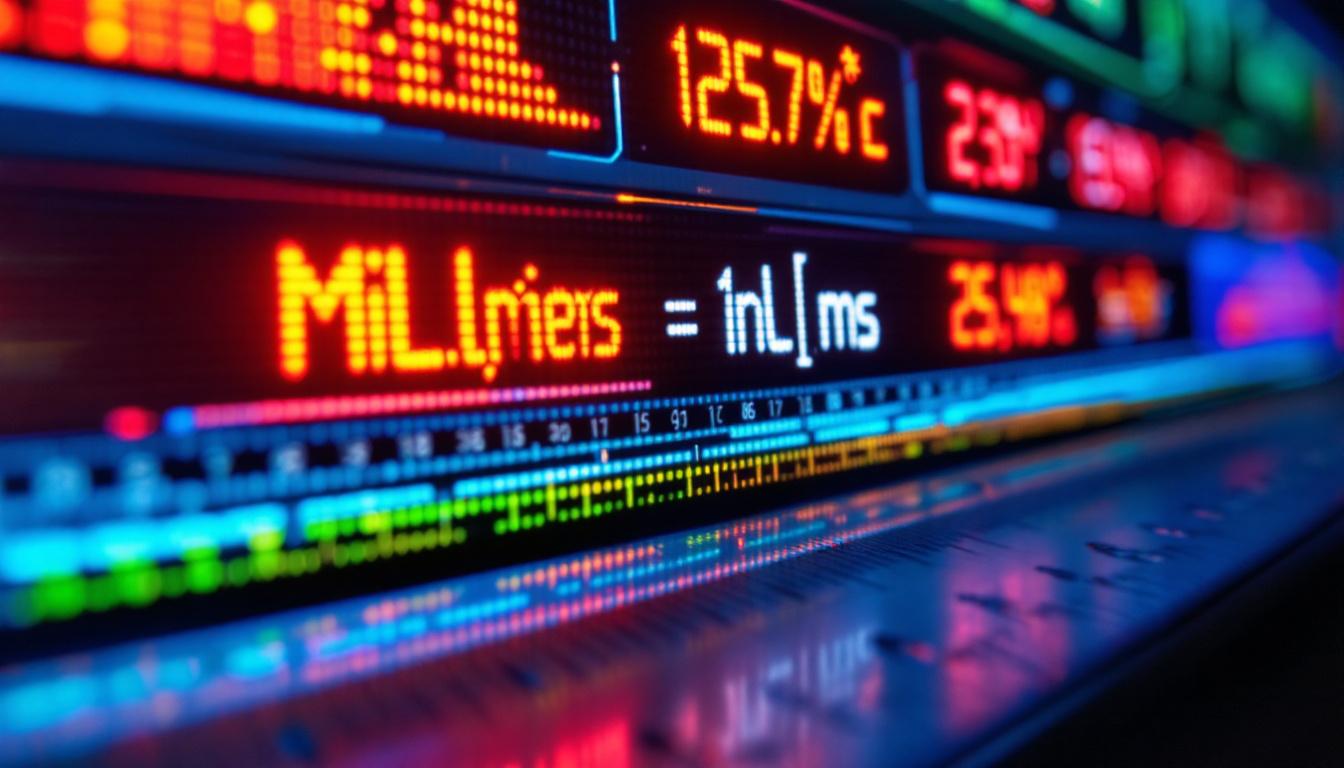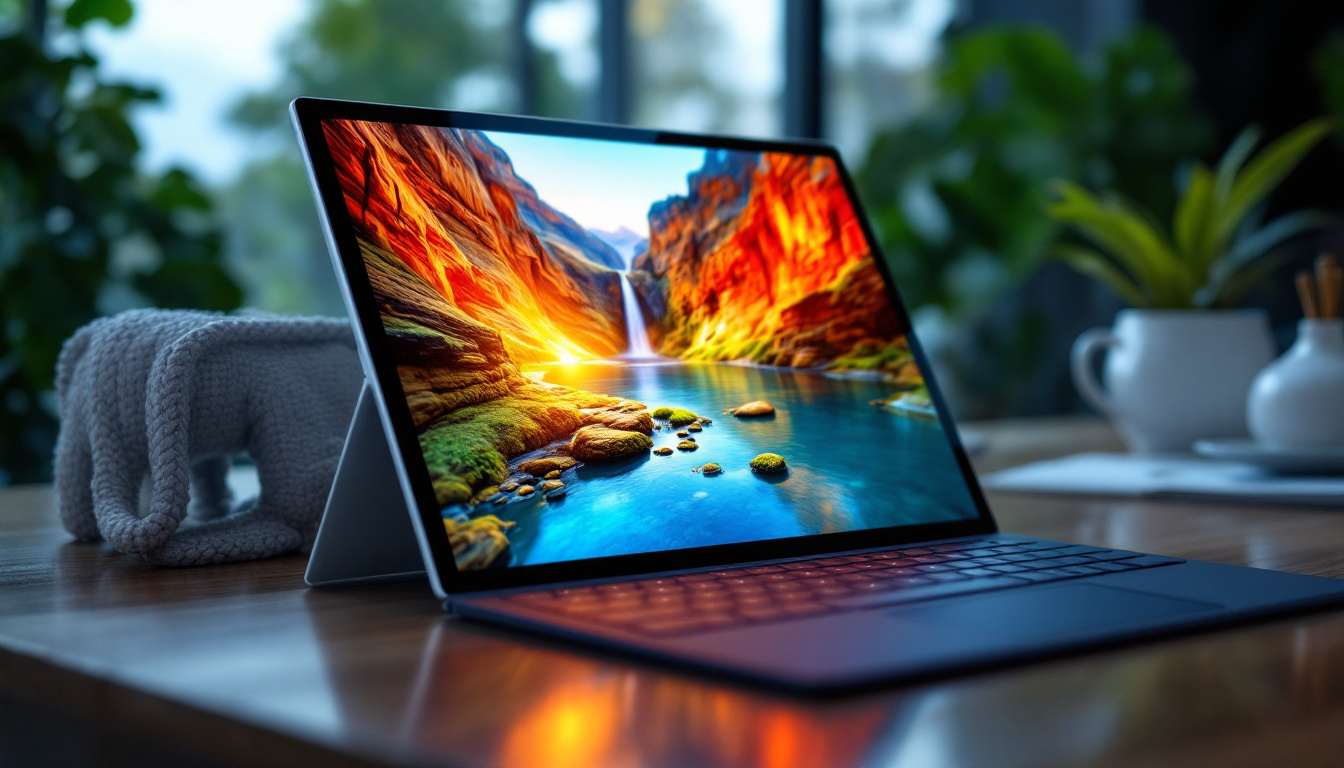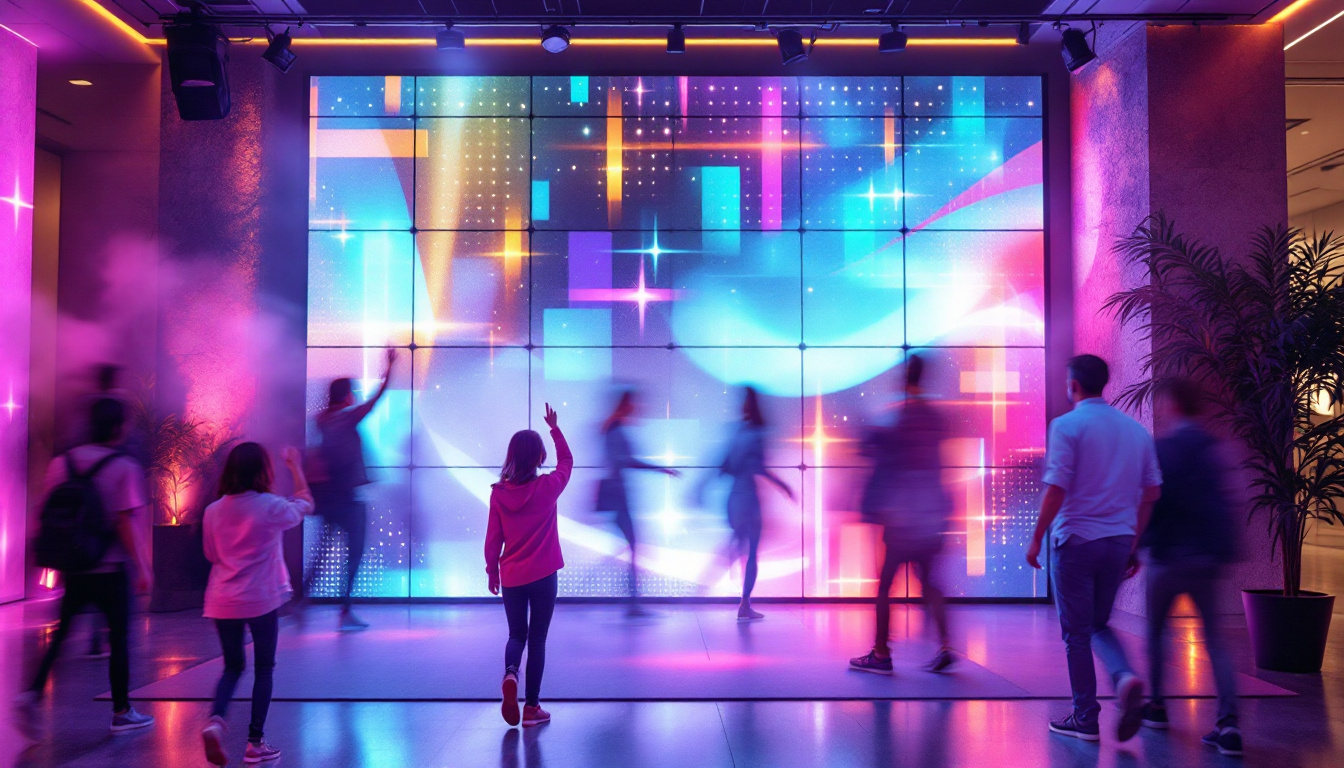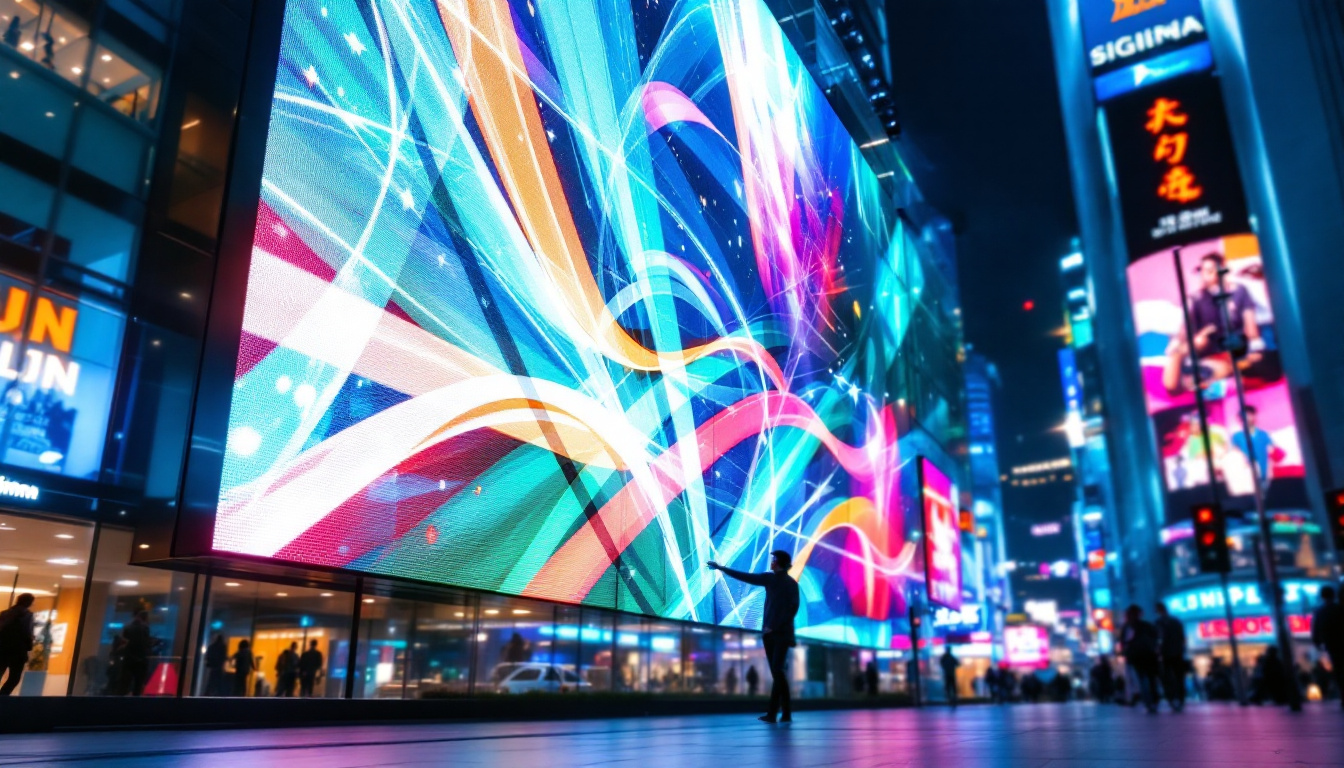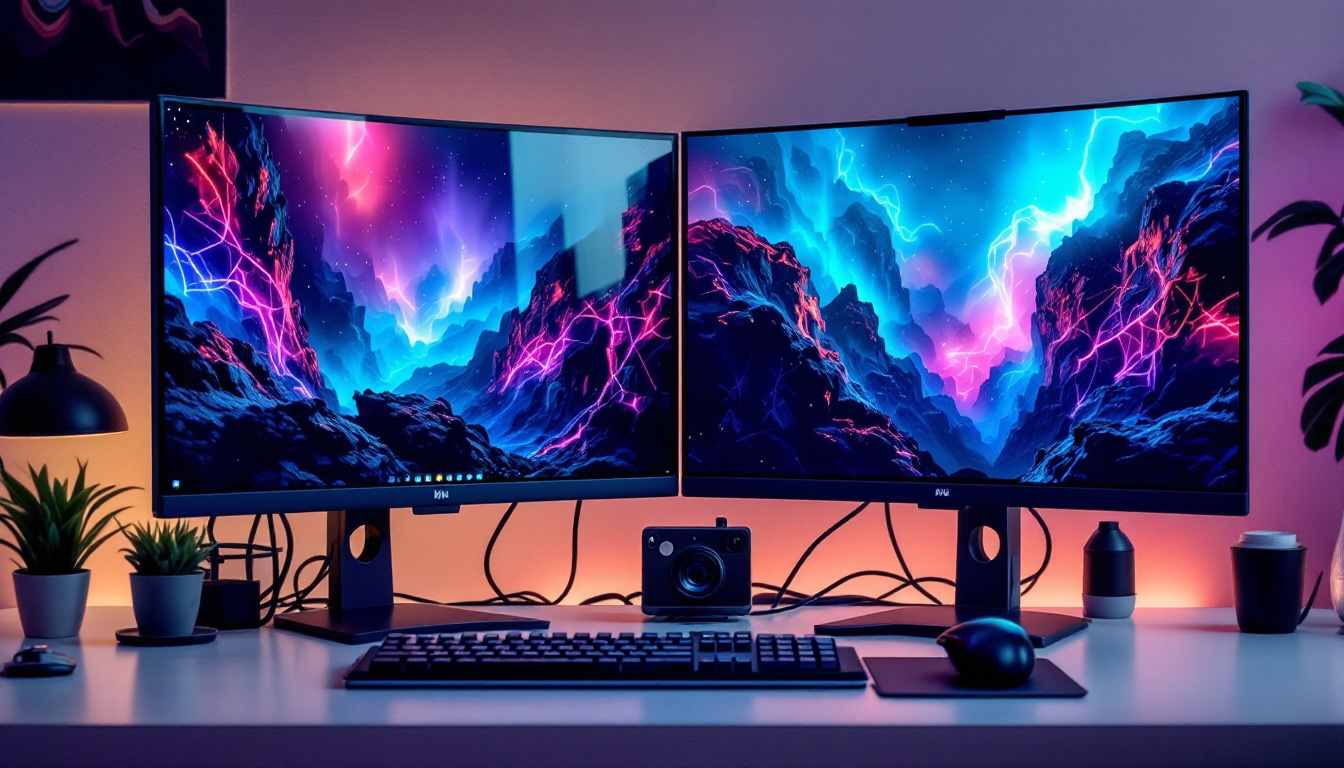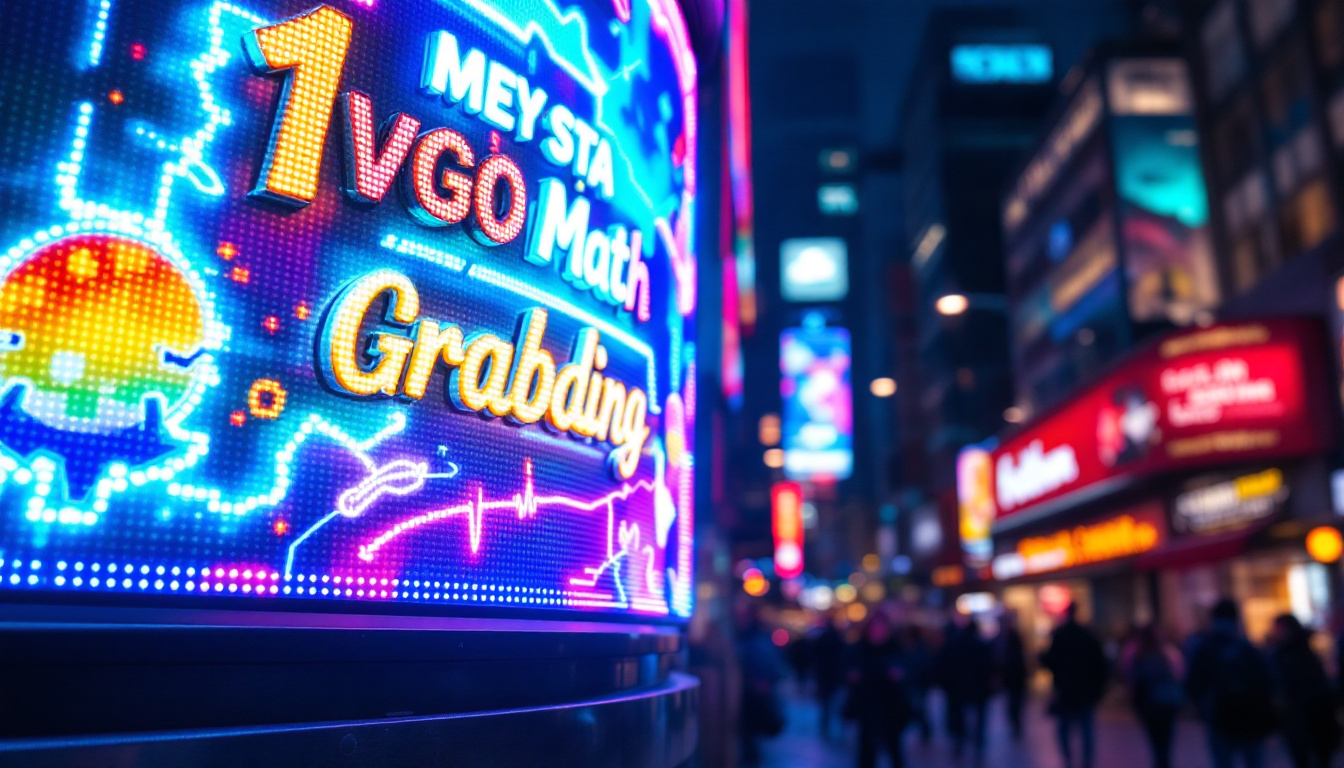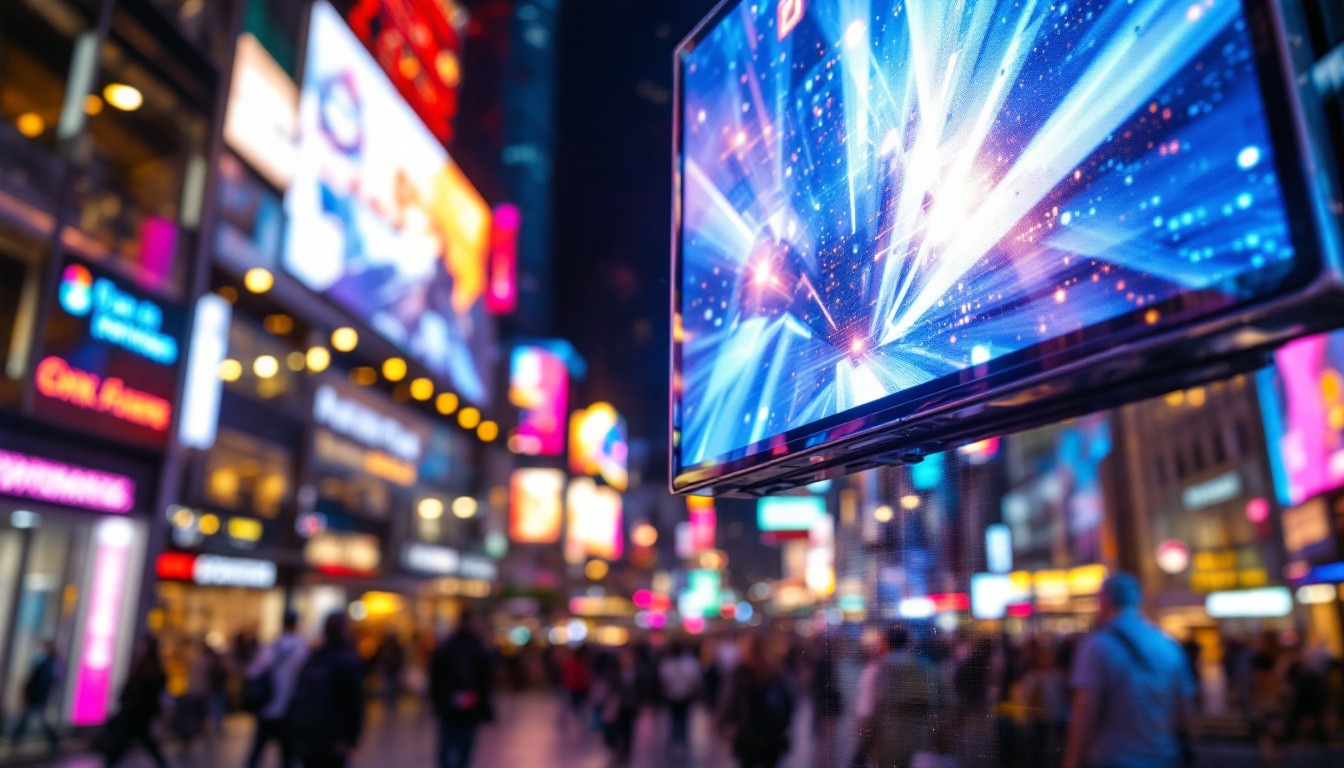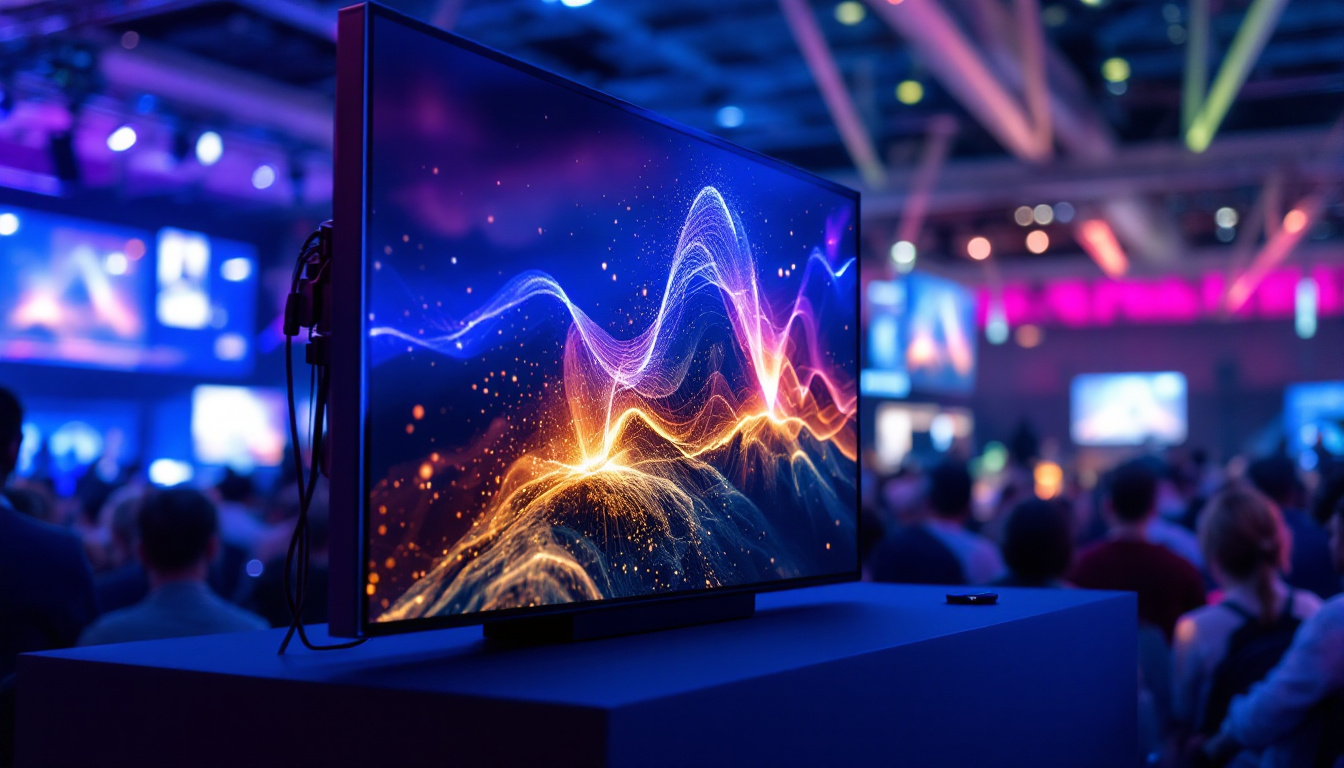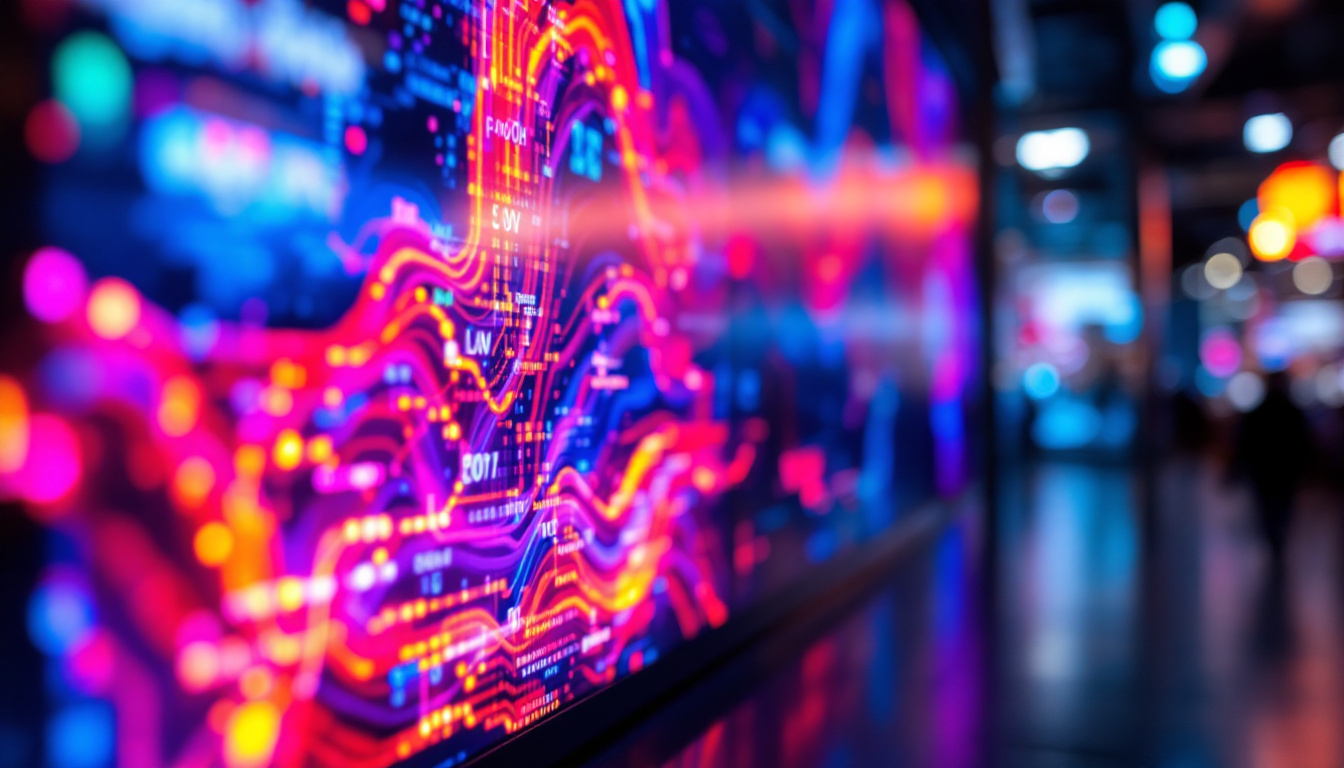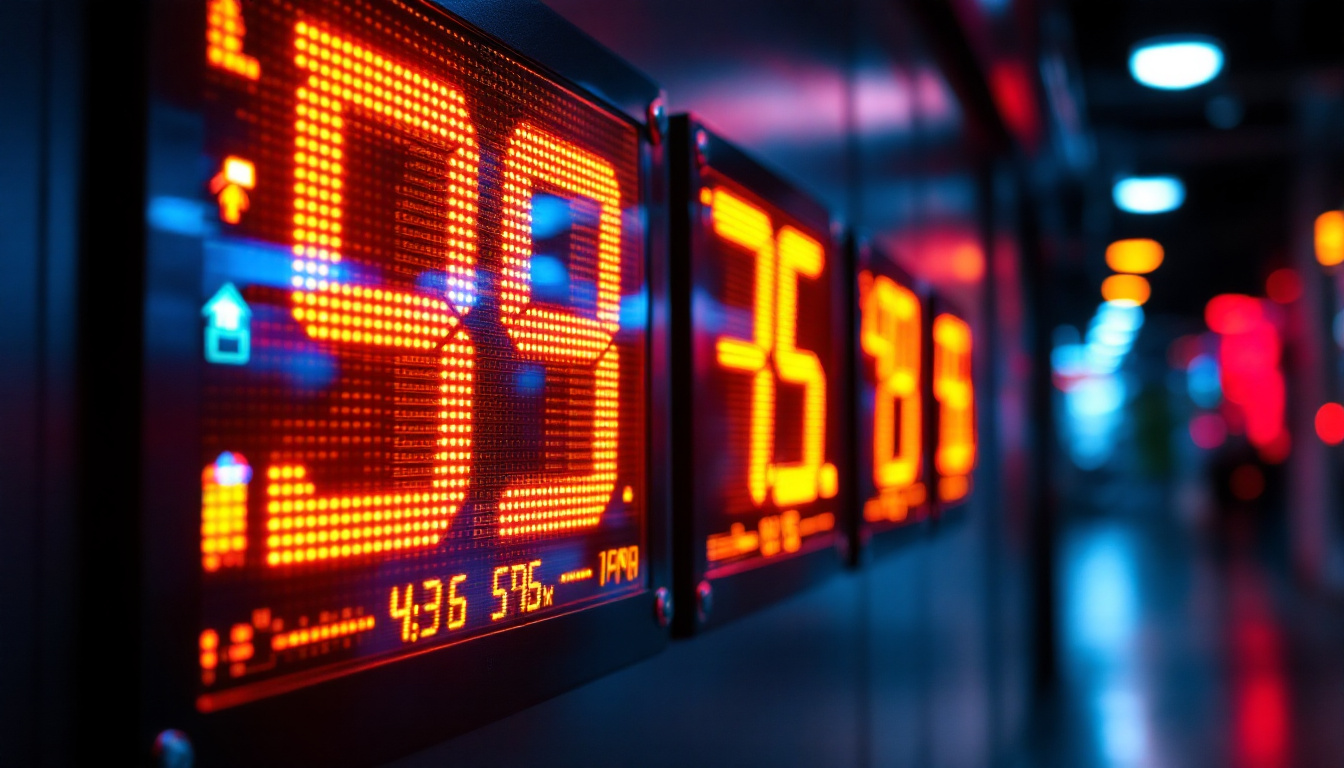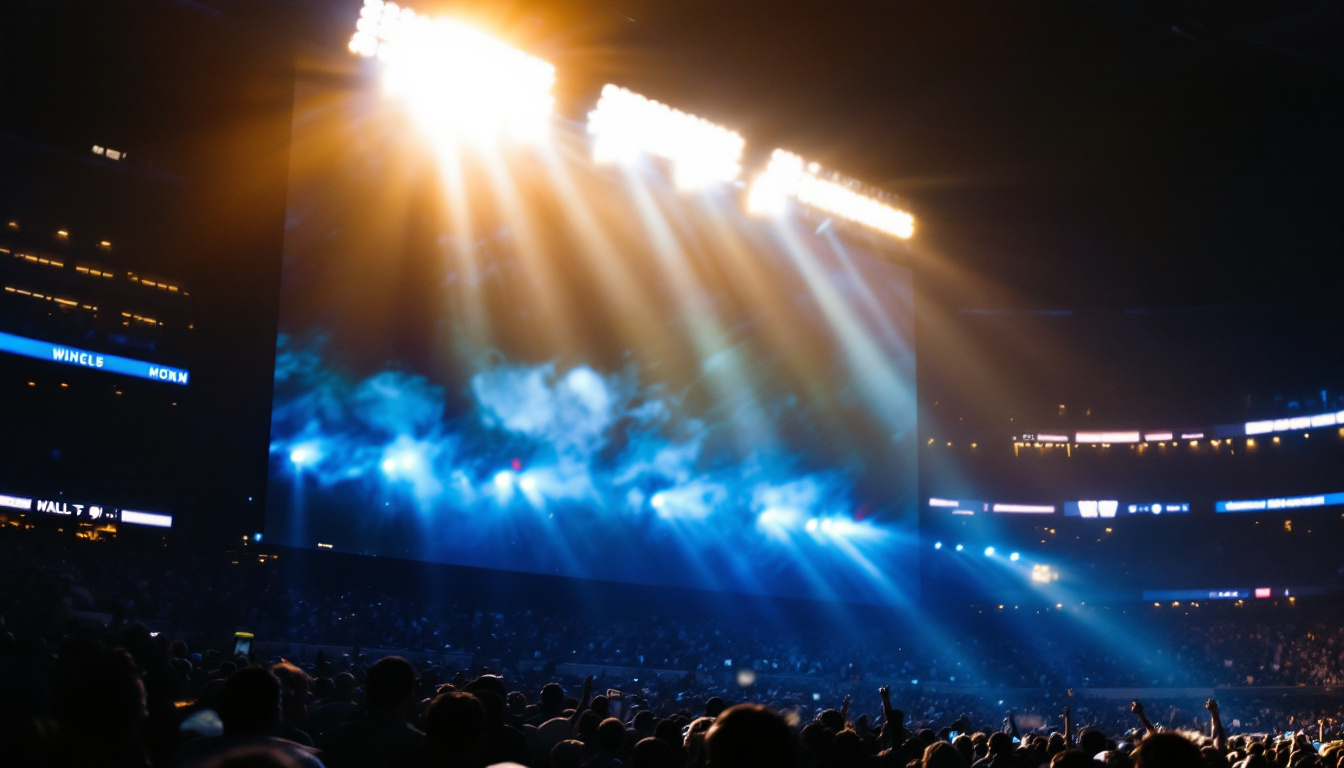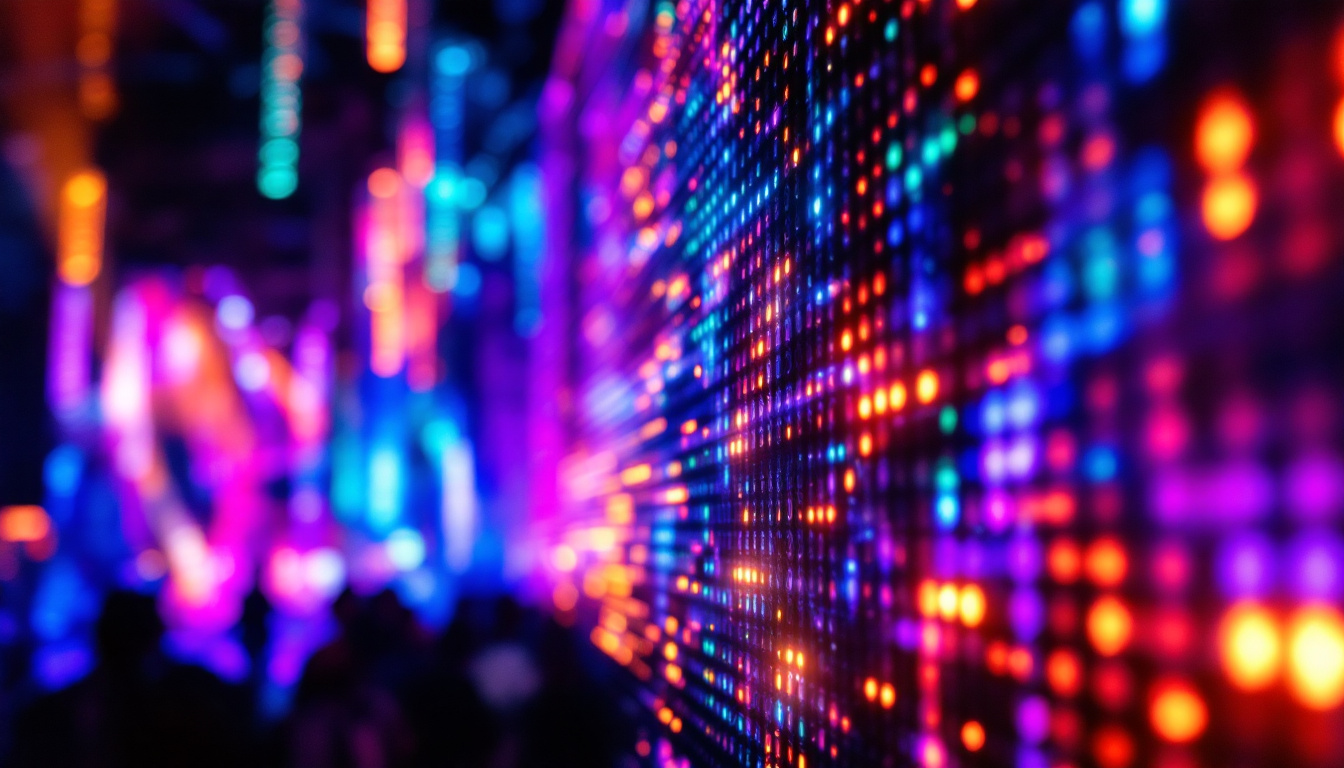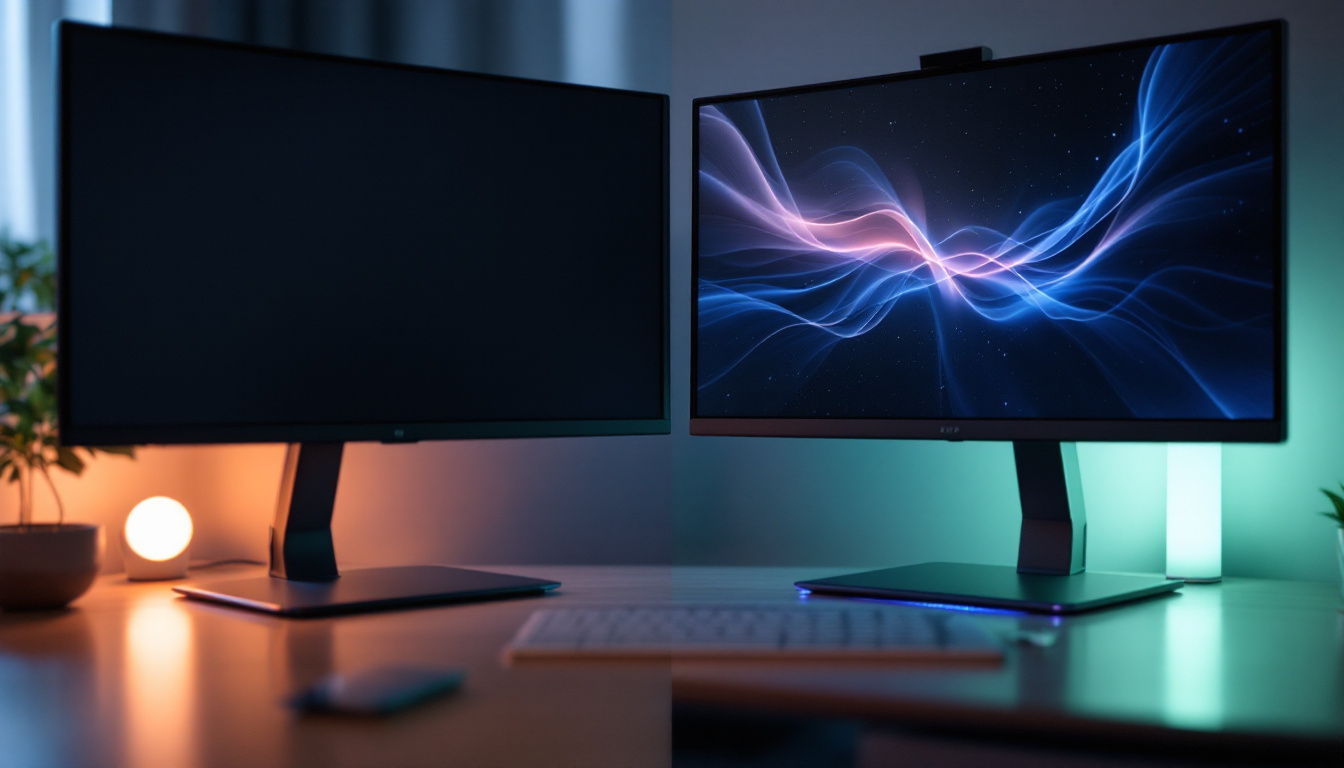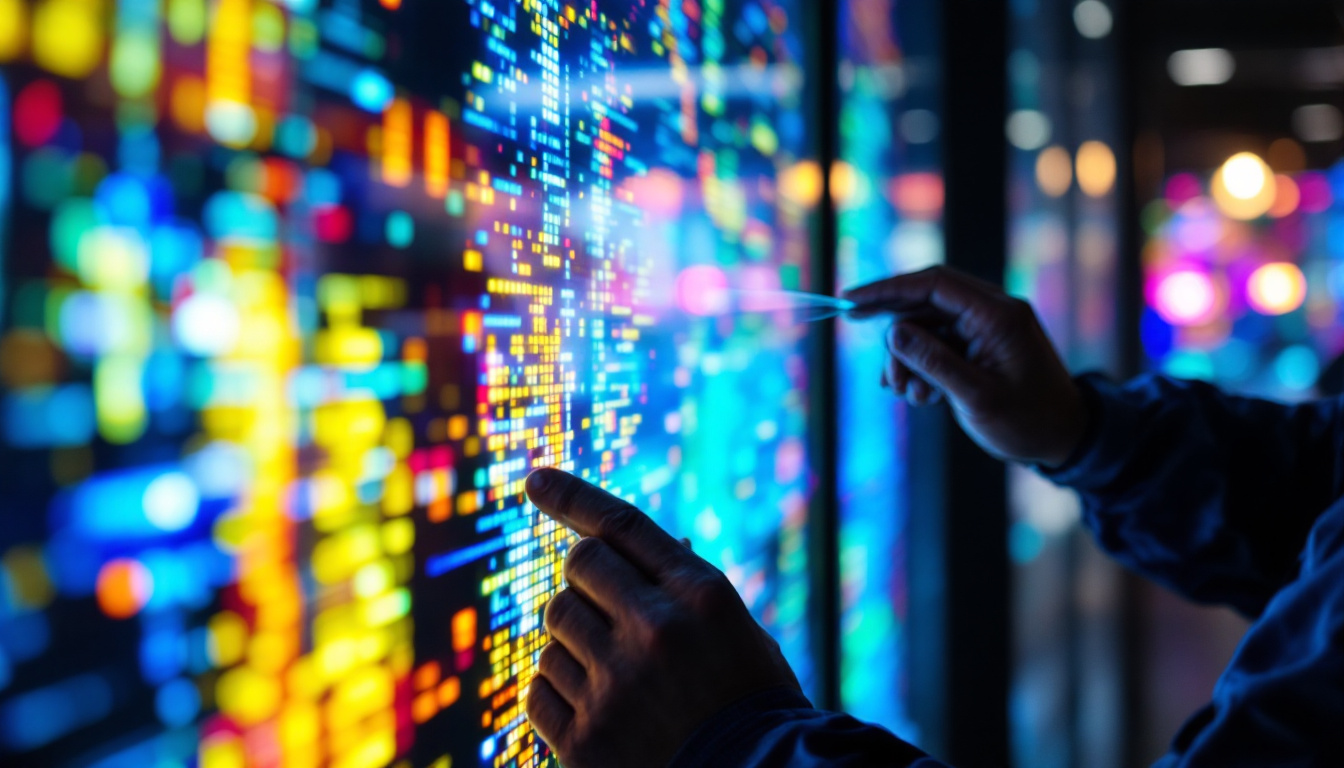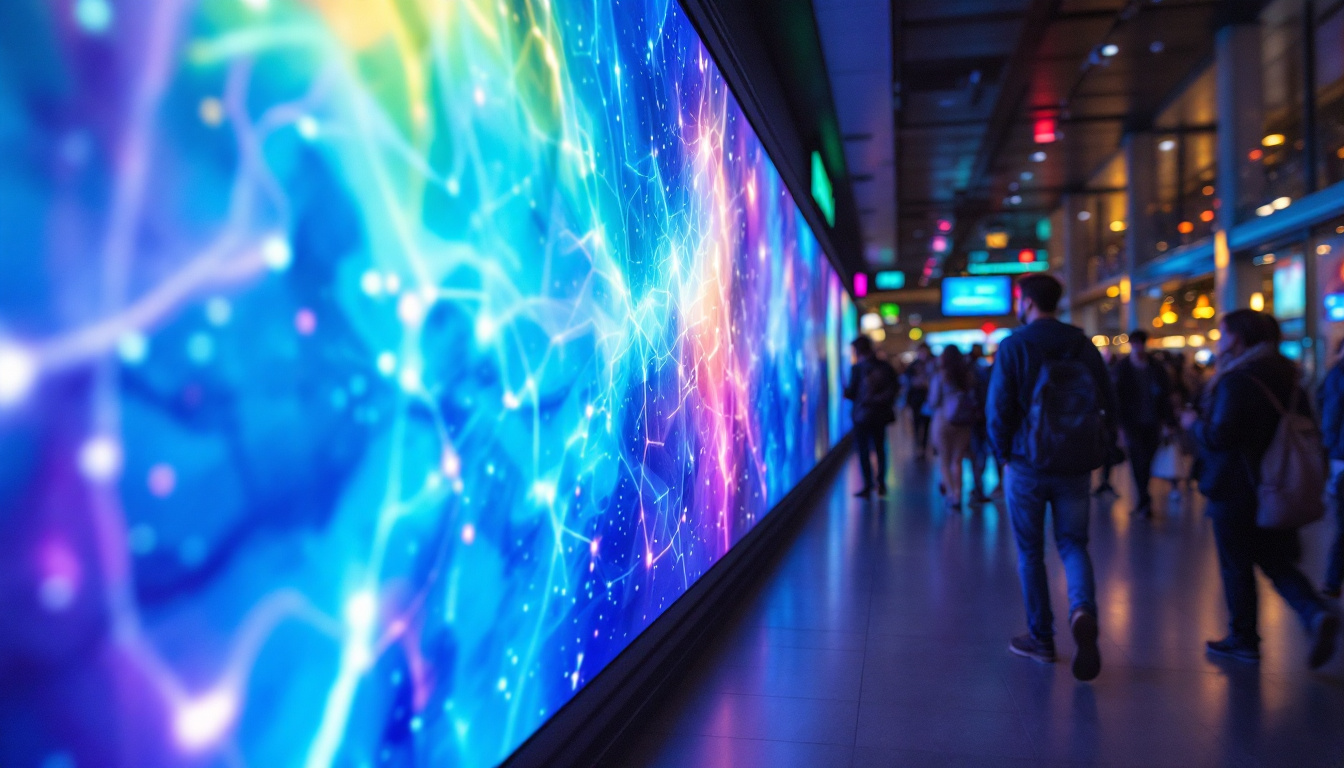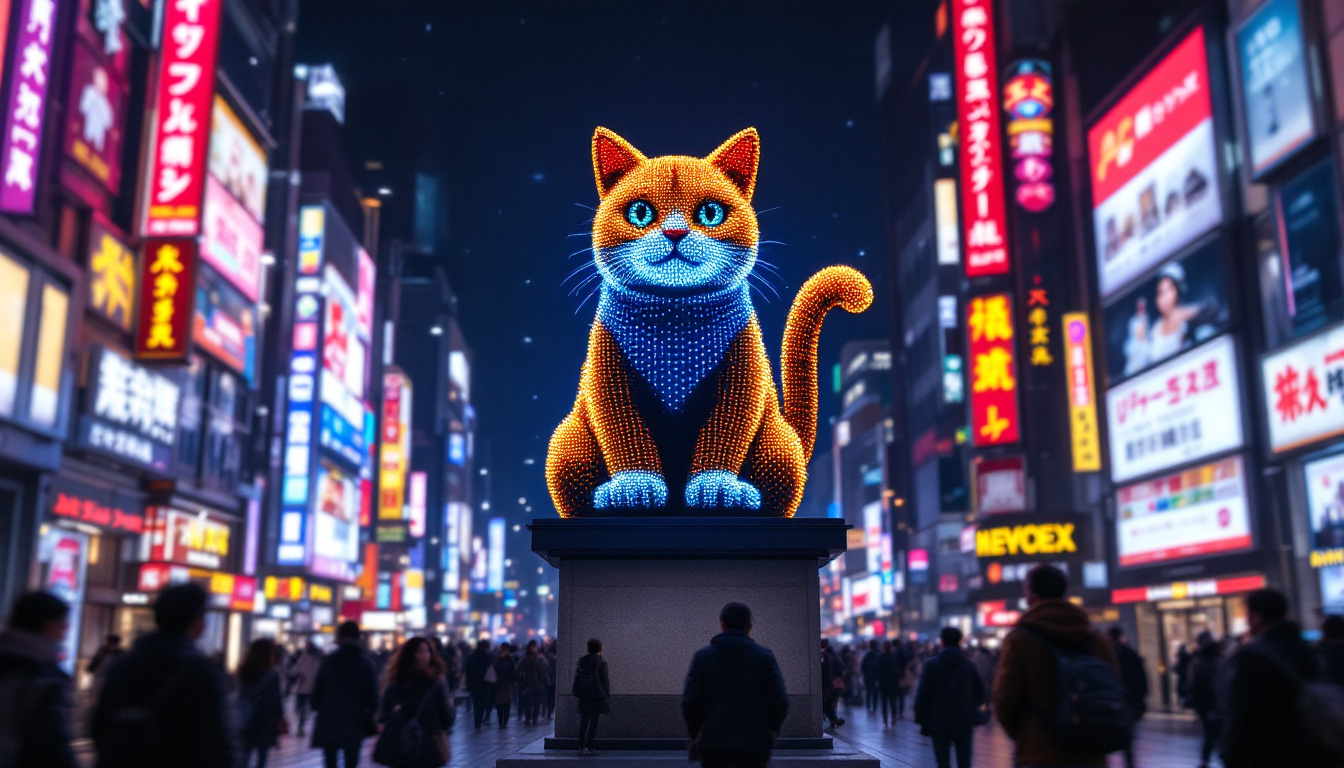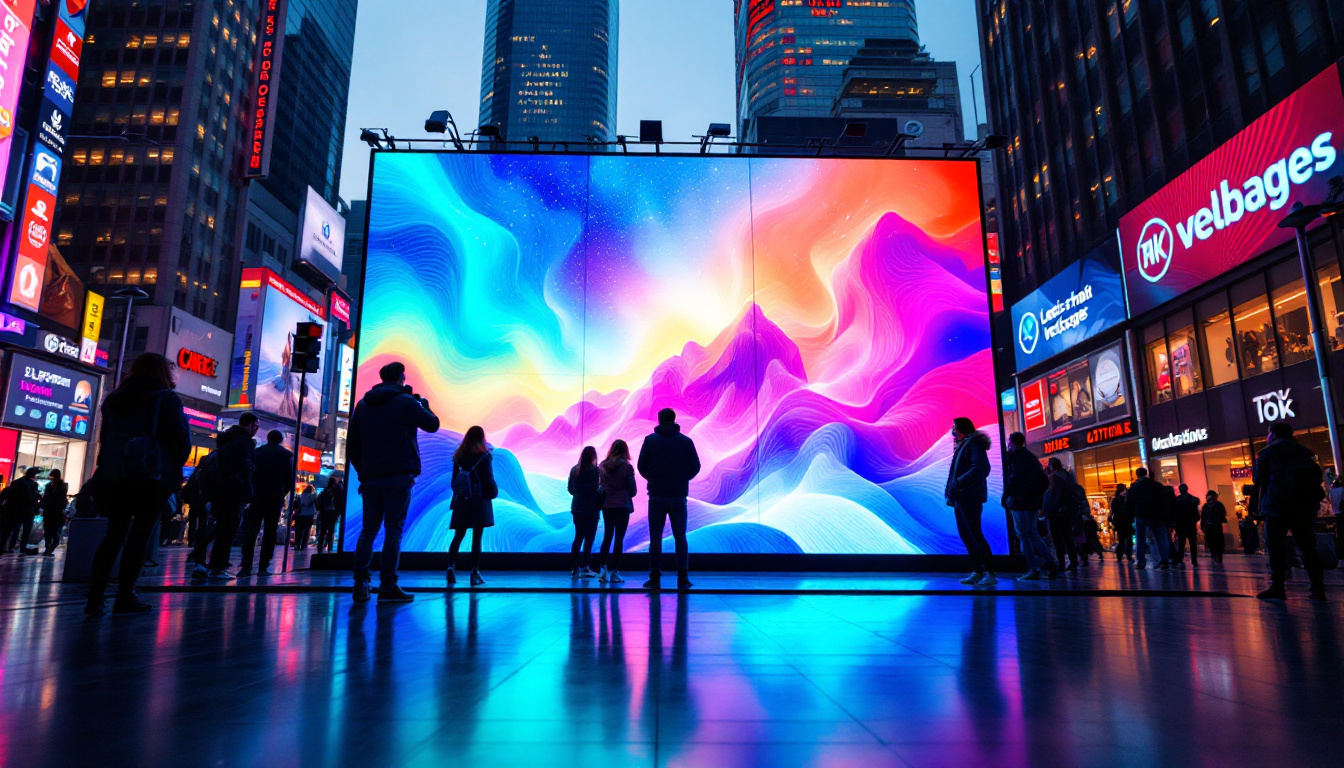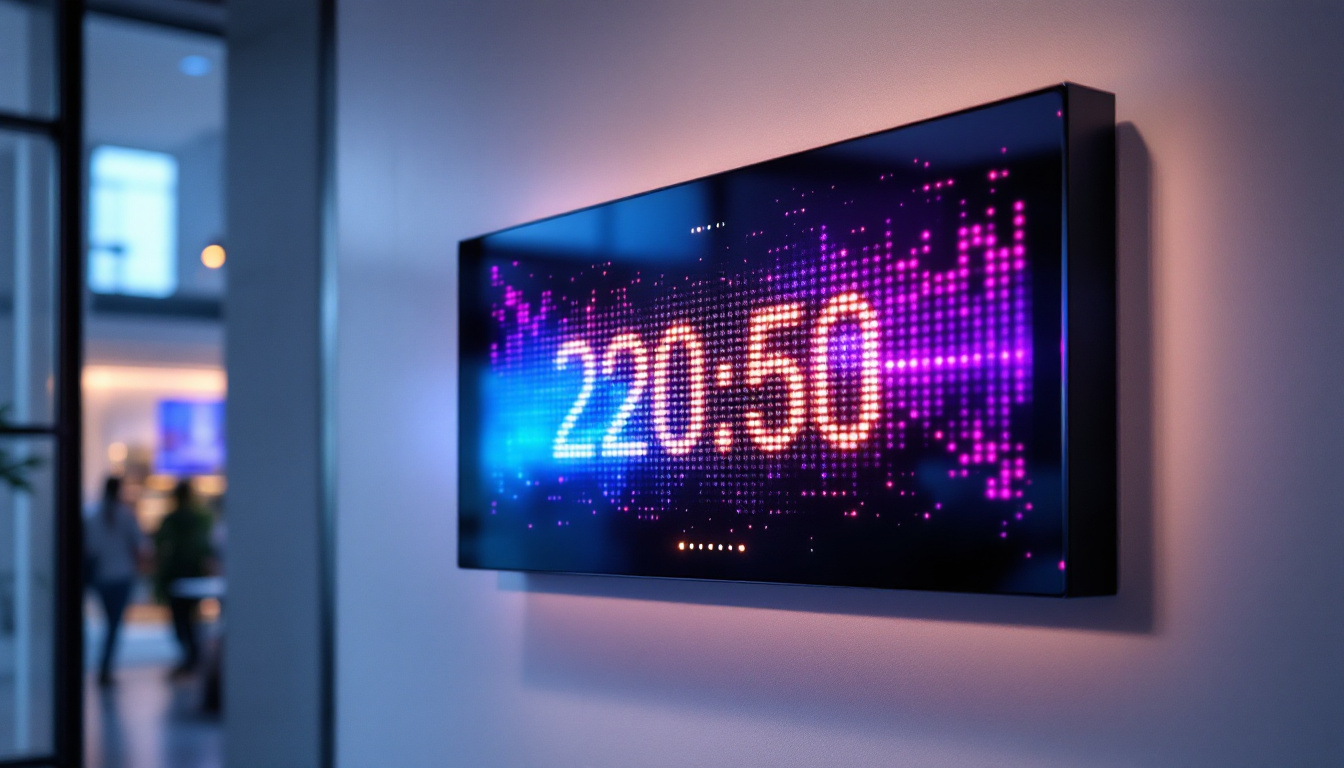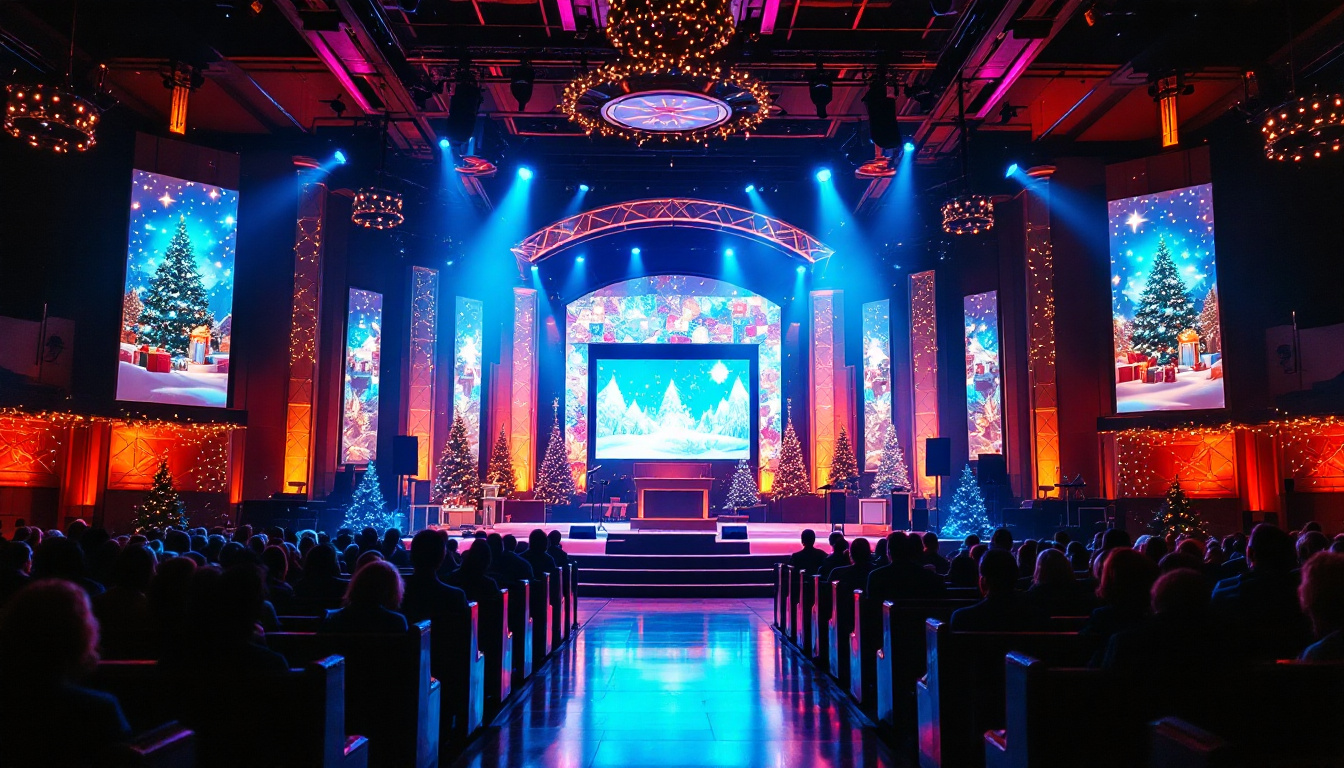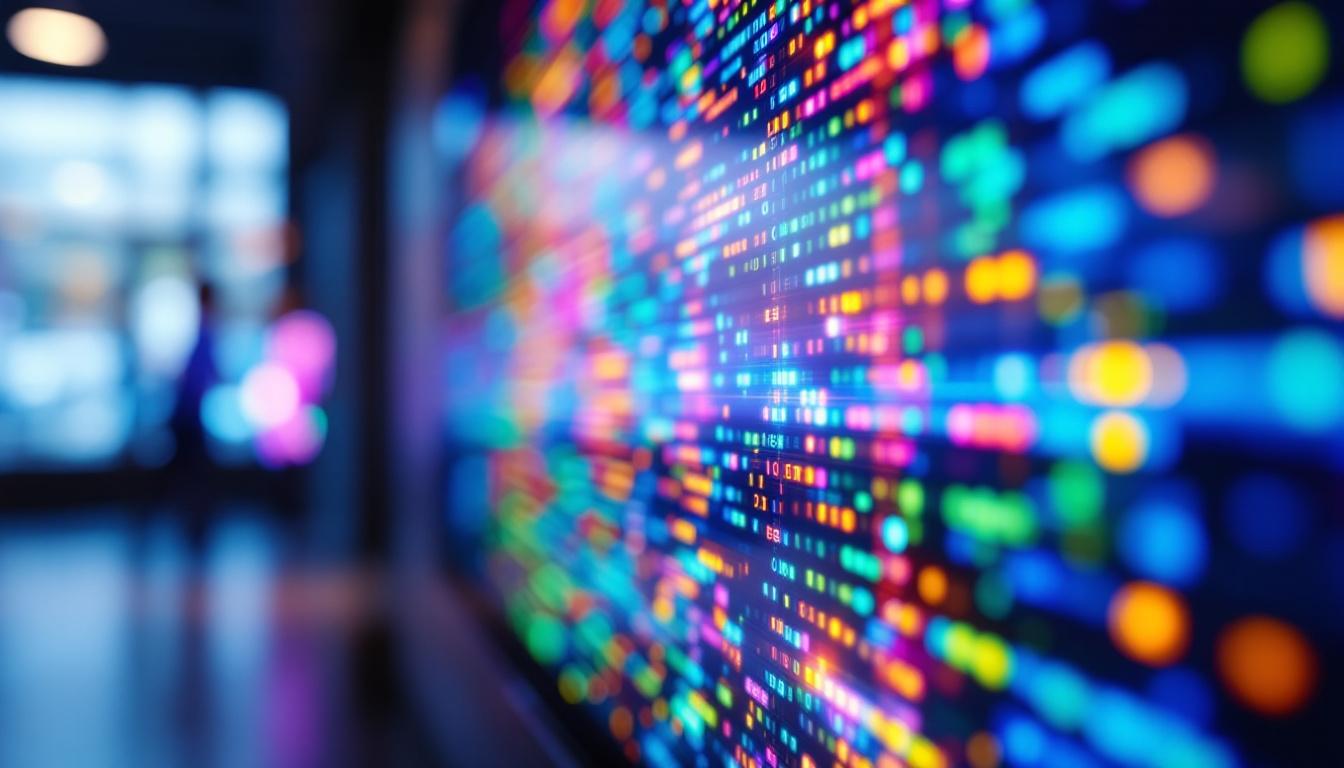In an era where visual communication is paramount, LED display panels have emerged as a revolutionary technology that transforms how information is presented. These panels are not just tools for advertising; they serve a multitude of purposes across various industries, enhancing engagement and delivering messages with clarity and vibrancy. This article delves into the intricacies of LED display panels, exploring their technology, applications, advantages, and future trends.
Understanding LED Technology
Light Emitting Diodes (LEDs) are semiconductor devices that emit light when an electric current passes through them. This technology forms the backbone of LED display panels, allowing for bright, energy-efficient displays that can be used in a variety of settings. The rapid advancement in LED technology has transformed how we experience visual content, making it more immersive and engaging than ever before.
The Basics of LED Functionality
At its core, an LED display is composed of numerous tiny LED lights arranged in a grid. Each LED can emit different colors, and when combined, they create a full spectrum of colors that can be used to display images, videos, and text. The combination of red, green, and blue (RGB) LEDs allows for the creation of millions of colors, making LED displays incredibly versatile. This color mixing capability is not only crucial for aesthetic appeal but also for applications in advertising, entertainment, and information dissemination, where clarity and vibrancy are essential.
LEDs are known for their longevity and durability. Unlike traditional incandescent bulbs, which can burn out quickly, LEDs have a lifespan of tens of thousands of hours. This longevity, coupled with their low power consumption, makes them an attractive option for both indoor and outdoor displays. Additionally, the robustness of LEDs means they are less susceptible to damage from shock and vibration, making them ideal for dynamic environments such as concerts and sporting events.
Types of LED Displays
LED displays come in various types, each designed for specific applications. The most common types include:
- Indoor LED Displays: These are designed for use in controlled environments, such as shopping malls, conference rooms, and theaters. They offer high resolution and vibrant colors, making them ideal for detailed graphics and video presentations. The pixel density in indoor displays is typically higher, allowing for closer viewing distances without losing image quality.
- Outdoor LED Displays: Built to withstand harsh weather conditions, outdoor displays are typically larger and brighter. They are commonly used for billboards, sports arenas, and public events. These displays often feature advanced technologies such as automatic brightness adjustment, ensuring visibility even in direct sunlight.
- Transparent LED Displays: These innovative displays allow for visibility through the panel while still showcasing content. They are often used in retail environments to create eye-catching advertisements without obstructing views. Their unique design enables businesses to maintain an open and inviting atmosphere while still effectively promoting their products.
Another emerging type of LED display is the flexible LED screen, which can be bent and shaped to fit unconventional spaces. This adaptability opens up new possibilities for creative installations, allowing designers to think outside the box when it comes to visual communication. Furthermore, advancements in micro-LED technology are paving the way for even higher resolutions and improved color accuracy, making the future of LED displays even more exciting.
Applications of LED Display Panels
The versatility of LED display panels allows them to be utilized in various sectors, each benefiting from their unique features. The following are some of the most prominent applications:
Advertising and Marketing
One of the most widespread uses of LED display panels is in advertising. Businesses leverage these displays to capture the attention of potential customers with dynamic content. Digital billboards, for instance, can rotate advertisements, allowing multiple brands to share the same space and maximizing visibility.
Moreover, the ability to change content in real-time enables advertisers to tailor their messages based on audience demographics, time of day, or current events. This flexibility enhances engagement and can lead to increased sales. Furthermore, the vivid colors and high contrast of LED displays ensure that advertisements are not only eye-catching but also memorable, making them an effective tool for brand recognition. As technology advances, we are also seeing the emergence of interactive LED displays that allow consumers to engage directly with the content, creating a more personalized advertising experience.
Entertainment and Events
In the entertainment industry, LED displays play a crucial role in enhancing experiences at concerts, festivals, and sporting events. Large-scale LED screens are often used to broadcast live performances, ensuring that audiences can see and hear the action, regardless of their location.
Additionally, LED technology is used in stage backdrops, providing stunning visuals that complement performances. The ability to create immersive environments through lighting and visuals has transformed the way events are experienced. For example, during major concerts, synchronized LED displays can be programmed to change colors and patterns in time with the music, creating a captivating atmosphere that draws the audience deeper into the experience. This synergy between sound and visual elements not only entertains but also fosters a sense of community among attendees, as they share in the excitement of the performance.
Information Dissemination
LED display panels are also essential for conveying information in public spaces. Transportation hubs, such as airports and train stations, utilize LED screens to provide real-time updates on arrivals and departures. This ensures that travelers have access to the latest information, enhancing their overall experience.
Similarly, educational institutions use LED displays to share announcements, schedules, and other important information with students and staff. This instant communication is vital in maintaining an informed community. Beyond educational settings, LED displays are increasingly being integrated into smart city initiatives, where they serve as digital signage to inform citizens about local events, public safety updates, and emergency alerts. This integration not only improves the flow of information but also fosters a sense of connectivity within urban environments, as residents are kept informed and engaged with their community. The adaptability of LED technology in these contexts underscores its importance in modern communication strategies.
Advantages of LED Display Panels
The rise in popularity of LED display panels can be attributed to several key advantages that set them apart from traditional display technologies.
Energy Efficiency
One of the most significant benefits of LED technology is its energy efficiency. LED displays consume considerably less power than traditional display systems, reducing operational costs for businesses and organizations. This energy efficiency not only benefits the bottom line but also contributes to environmental sustainability.
High Brightness and Visibility
LED displays are known for their exceptional brightness, making them visible even in direct sunlight. This characteristic is particularly important for outdoor applications, where visibility can be compromised by ambient light. The high brightness levels ensure that content remains clear and legible, regardless of the surrounding conditions.
Durability and Low Maintenance
LED display panels are built to last. Their robust construction makes them resistant to shocks, vibrations, and weather elements, particularly in outdoor settings. This durability translates to lower maintenance costs, as businesses do not have to frequently replace or repair displays.
The Future of LED Display Technology
As technology continues to evolve, so too do the capabilities of LED display panels. Innovations in this field are paving the way for even more advanced applications and functionalities.
Advancements in Resolution
With the demand for higher quality visuals, manufacturers are continuously working on improving the resolution of LED displays. The advent of microLED technology, for instance, promises to deliver even finer pixel densities, resulting in sharper images and more vibrant colors. This advancement will enhance the viewing experience, particularly for applications requiring high detail, such as medical imaging and high-end entertainment.
Integration with Smart Technology
The integration of LED displays with smart technology is another exciting development. As the Internet of Things (IoT) continues to grow, LED panels can be connected to networks, allowing for real-time data sharing and content updates. This connectivity can lead to more personalized advertising, dynamic content changes based on viewer engagement, and enhanced interactivity.
Eco-Friendly Innovations
As sustainability becomes a priority for many businesses, the LED display industry is also making strides in eco-friendly practices. Manufacturers are exploring ways to produce displays using recyclable materials and reducing the carbon footprint of their production processes. Additionally, advancements in energy efficiency will further minimize the environmental impact of LED displays.
Challenges and Considerations
Despite their many advantages, LED display panels are not without challenges. Understanding these can help businesses make informed decisions when investing in this technology.
Initial Investment Costs
The upfront costs of purchasing and installing LED display panels can be significant. While the long-term savings on energy and maintenance can offset these costs, businesses must carefully evaluate their budget and return on investment before making a purchase.
Content Management
Effective content management is crucial for maximizing the benefits of LED displays. Businesses must invest in software and training to ensure that content is updated regularly and remains relevant. This can require additional resources and expertise, which some organizations may find challenging to manage.
Technological Obsolescence
As with any technology, LED displays can become outdated as new advancements emerge. Businesses must stay informed about the latest trends and innovations to ensure that their investment remains relevant and effective. This may involve periodic upgrades or replacements, adding to the overall cost of ownership.
Conclusion
LED display panels have revolutionized the way information is communicated, offering vibrant visuals, energy efficiency, and versatility across various applications. As technology continues to advance, the potential for LED displays is boundless, promising even more innovative solutions for businesses and organizations.
While there are challenges to consider, the benefits of LED display panels far outweigh the drawbacks. By understanding the technology, its applications, and future trends, businesses can leverage LED displays to enhance their communication strategies and engage their audiences effectively.
In a world where capturing attention is increasingly difficult, LED display panels stand out as a powerful tool for visual communication, paving the way for a brighter, more engaging future.
Discover LumenMatrix’s Innovative LED Display Solutions
Ready to transform your visual communication strategy with the latest in LED display technology? LumenMatrix is at the forefront of creating immersive and dynamic visual experiences that captivate and engage. From Indoor and Outdoor LED Wall Displays to specialized solutions like Vehicle, Sports, and Floor LED Displays, our offerings are designed to elevate your brand’s presence. Embrace the future with our Custom, All-in-One, and Transparent LED Displays, and see how our commitment to innovation can revolutionize the way you connect with your audience. Check out LumenMatrix LED Display Solutions today and step into a world of vibrant, energy-efficient, and impactful visual communication.

